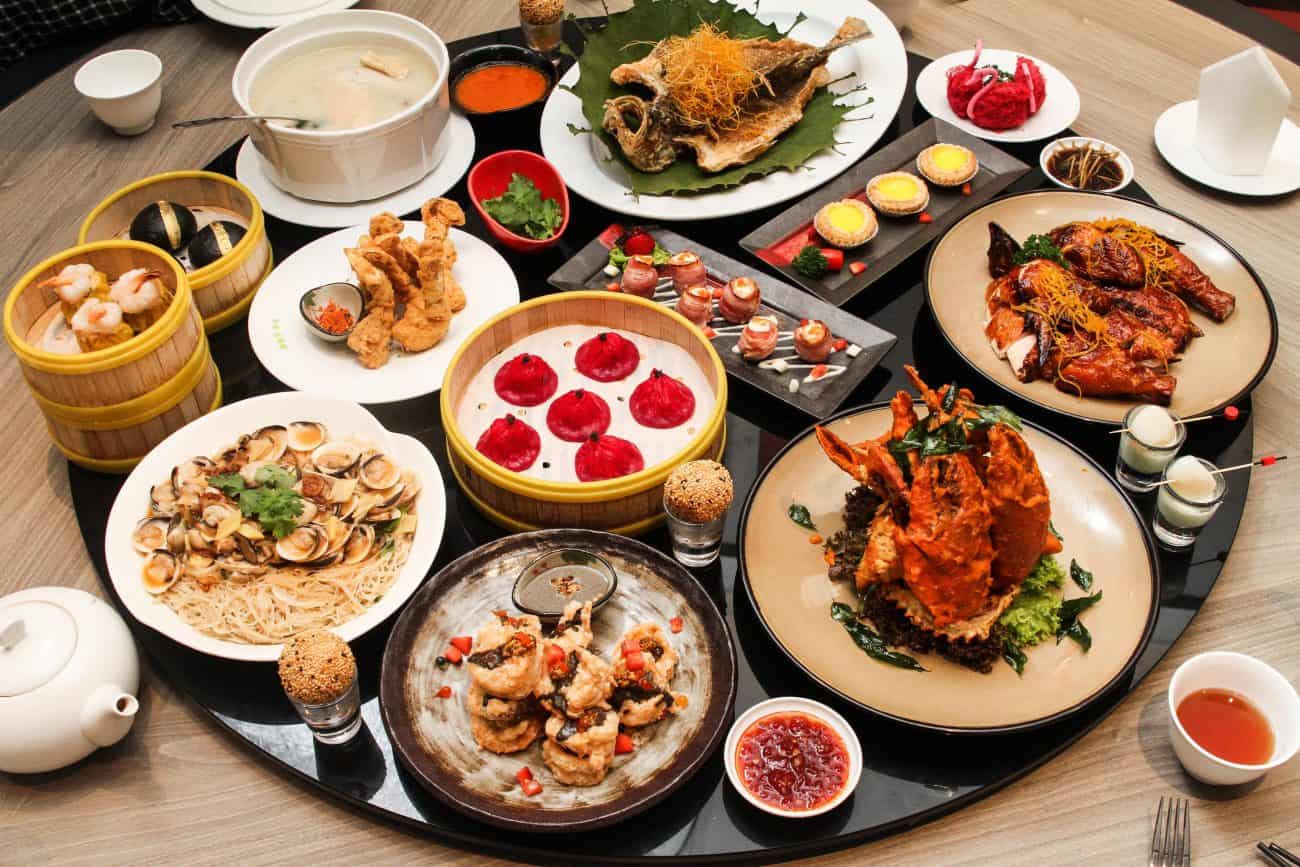Do you love Chinese food? I do! From hotpots to dumplings, Chinese food is one of the most celebrated cuisines in the world. Take a moment to learn about surprising historical and cultural facts behind your favorite delectable Chinese dishes!
1) Chinese food is one of the healthiest in the world.
Traditional Chinese food has to always be fresh. Most dishes are filled with huge quantities of vegetables, grass-fed meats, seafood and herbs and spices. Every ingredient is handpicked for medicinal purposes. The Chinese people rarely eat canned/frozen food.
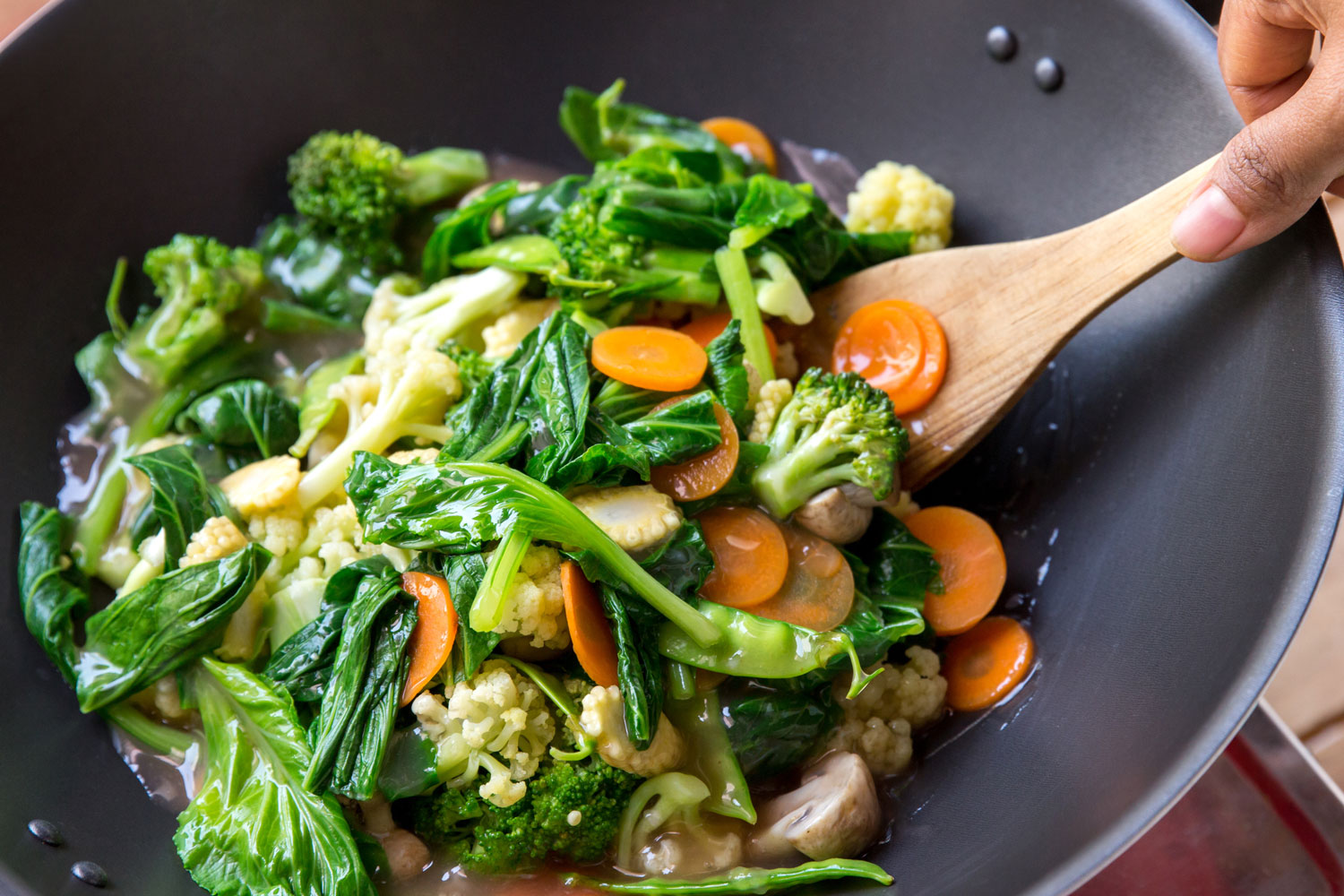
Steamed, braised, and stir-fried – home cooked Chinese meals are nutrient dense and low in fat.
2) You never eat the same dish twice in China!
China has 34 provinces and every province has their own culinary traditions. Aside from this, the Chinese can whip up ingredients in so many ways because they have a lot of cooking methods. For example, chicken could be steamed, stewed, stir-fried, roasted, soy-sauced, sweet and soured and more!
3) There are eight culinary cuisines in China.
Chinese people follow so many styles of cooking, but Chinese food experts have identified eight culinary traditions as the best. These culinary cuisines are looked at as models with their unique styles and strengths. The eight culinary cuisines of China are Anhui, Cantonese, Fujian, Hunan, Jiangsu, Shandong, Sichuan and Zhejiang cuisines.
4) Noodles, rice and soup are staples.
In the north of China, where it’s colder and drier, people love to eat dumplings, noodles and steamed buns. In the south, bowls of rice or rice noodles are a staple every meal. However, people in the south rarely eat wheat.
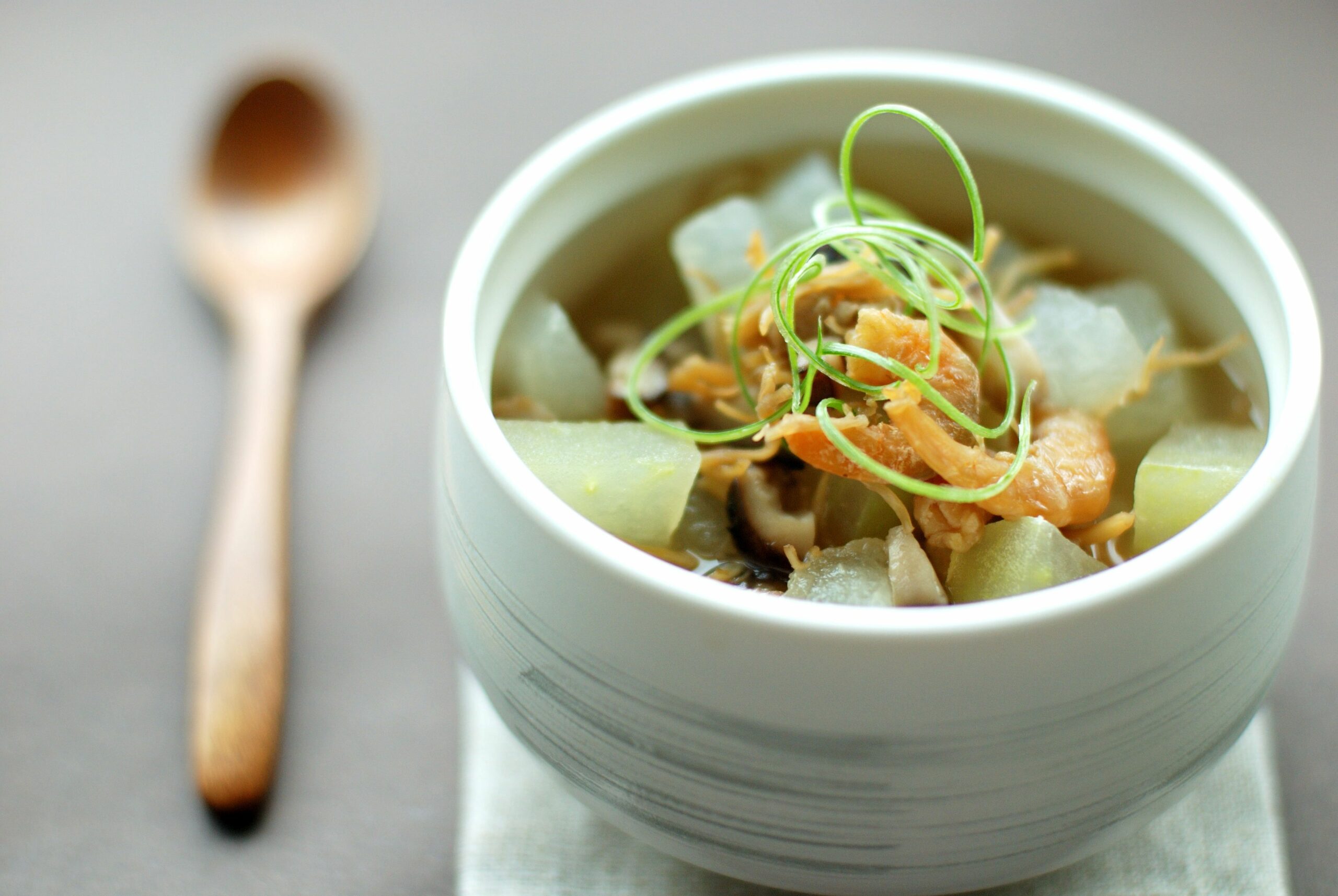
Winter melon soup is one of the most popular soups in China. Trivia: soup is served last in China, an opposite practice in Western countries.
5) Traditional Chinese food is almost completely dairy-free.
If you’re lactose intolerant, this fact about Chinese food is the most important! Authentic Chinese food rarely uses milk-fat ingredients such as cream, butter, or cheese. However, if you eat out in bigger cities such as Beijing and Shanghai, they may mix dairy ingredients in their food, but not as common as American or European countries.
6) Food is served whole.
Wasting food is a big taboo in China. In food preparation, all parts of vegetables or animals must be used during cooking. A fish is gutted instead of being filleted. It is also served with the bones and head. An extra plate can also be provided for the bones.
7) Food is prepared very soft or bite-sized for using chopsticks.
You will rarely a Chinese person using a knife or fork when eating. This is seen as barbaric in China. People use chopsticks instead. However, chopsticks can’t cut meat so Chinese food is prepared very soft or bite-sized. 45 billion pairs of chopsticks are used in China annually!
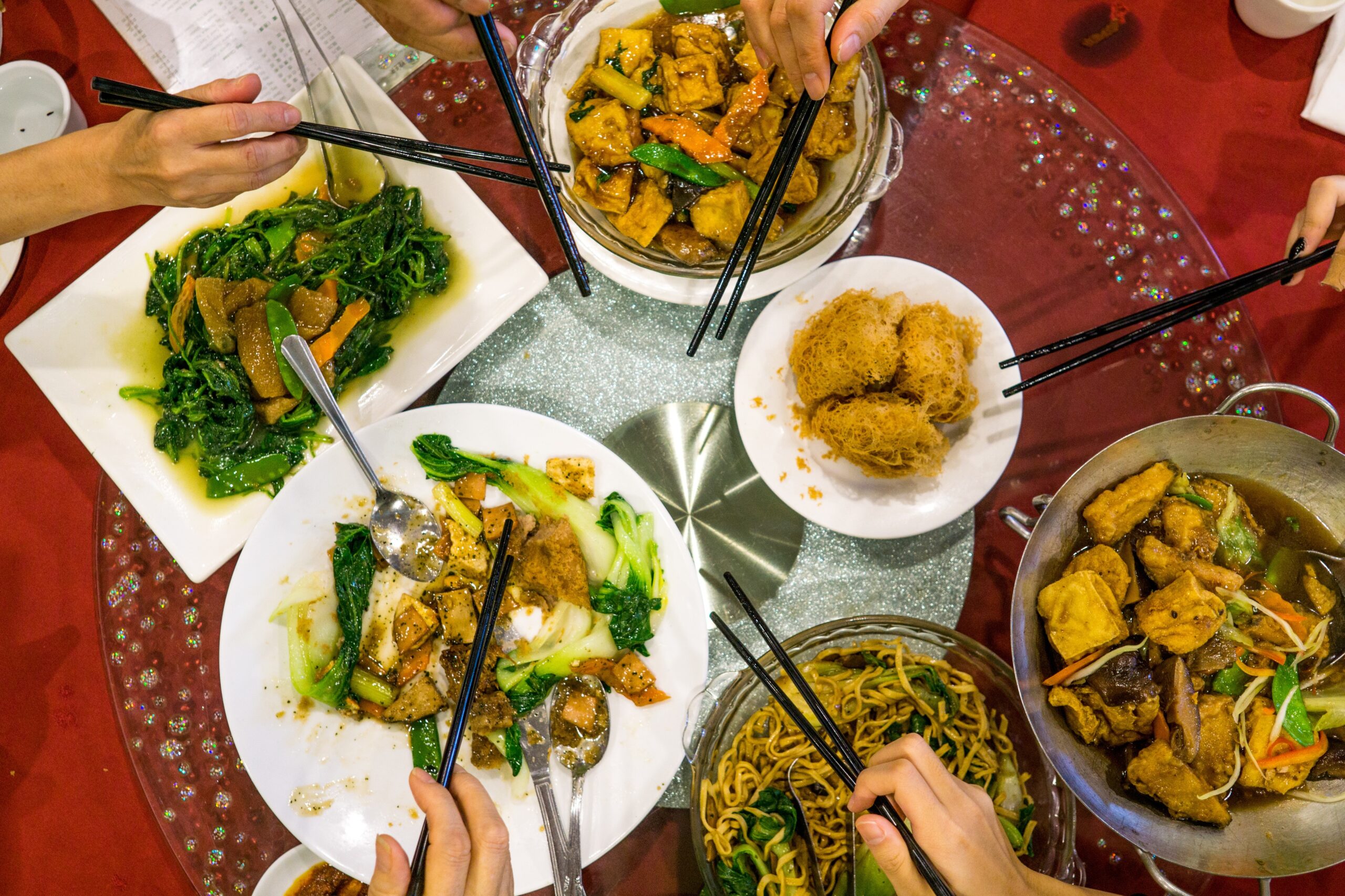
Trivia: Vertically using chopsticks on food is taboo in China. This symbolizes death and funerals.
8) Presentation is everything!
Food is intricately served in many Chinese homes. It’s adorned by many decorative herbs, vegetable carvings and patterns. Sometimes, they can even go overboard with food design. This is because Chinese people believe that the “the first bite is with the eyes”.
9) Every food has a superstitious symbol.
In China, there is always an attached superstition or tradition in most food. This can be based on shapes, pronunciations, history, and legends. There are specific food that you need to eat during festivals or life events to receive blessings. For example, ingot-shaped dumplings eaten during New Year can give you wealth.
10) Traditional Chinese meals are shared communally.
Food shared communally with family and friends is common in China. Dishes are usually placed at the center of a table and people sit around it with their rice bowls. In restaurants, round tables of 10 to 12 seating with lazy Susan turntables are common for easy sharing.
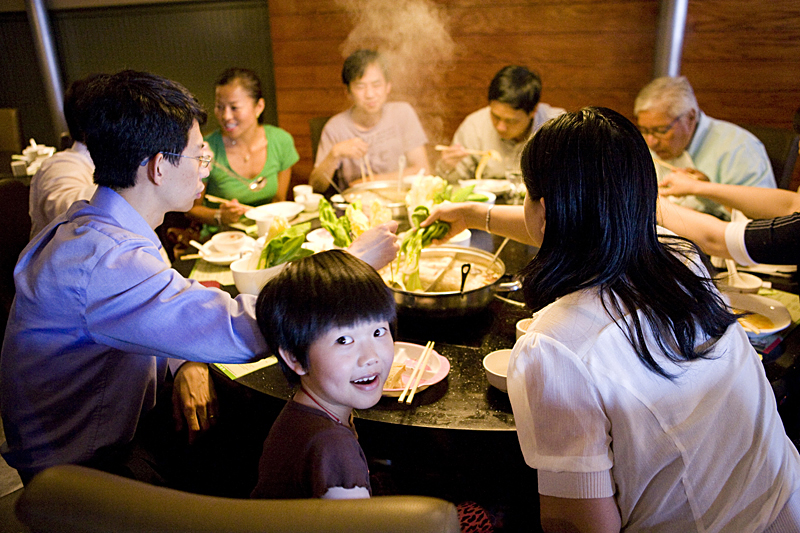
Sharing food communally was temporarily banned in China during the COVID-19 outbreak.
11) Seasonal fruits are the most common forms of desserts.
Although young Chinese people have turned to cakes and other sweets, traditional Chinese meals still have seasonal fruits served as desserts. Fruits are usually served after every meal. Some of China’s most famous fruits are Persimmons, Mandarins, Chinese Pear, Peaches, and Loquat.
12) China is the homeland of tea.
When you think about tea, you always think of China. Tea is believed to have originated from the Yunnan province during the Shang Dynasty some 3,000 years ago. Chinese traders travelled in the southwest region of China and encountered people who were chewing leaves for medicine. Today, tea is the second most consumed beverage in China.
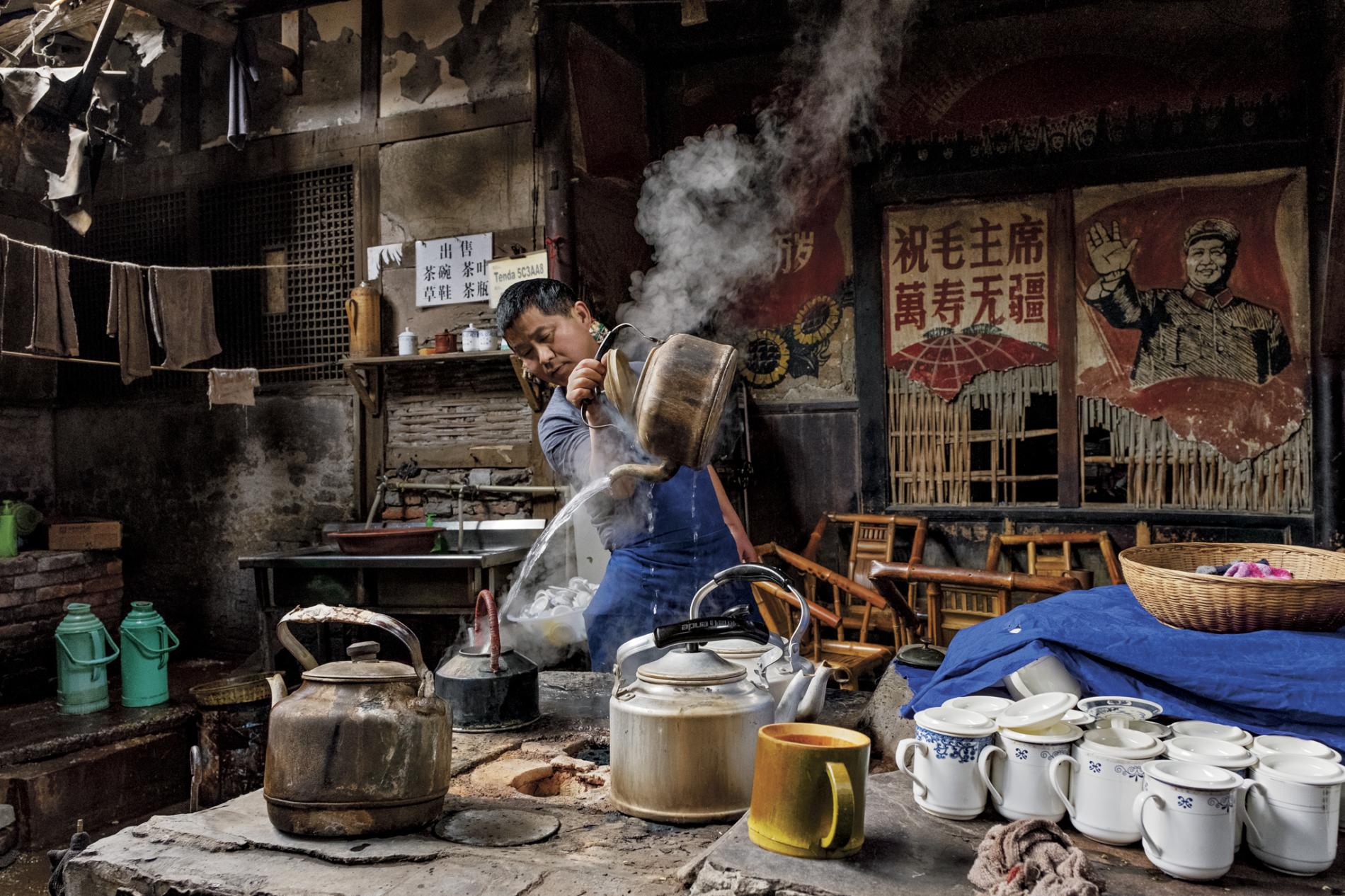
A man from Sichuan province makes tea from scratch.
More Fun Facts About Chinese Food!
- The famous chop suey dish is not an authentic Chinese cuisine. It was actually first invented in America by Chinese immigrants!
- Ice cream is not a Western discovery. Its origins actually date back as far as 200 B.C. The Chinese emperor Cheng Tang is said to have enjoyed it so much that he kept it a royal secret until Marco Polo came to China and took the idea of ice cream to Italy.
- Pasta is a creation of the Chinese. In fact, archaeologists discovered a 4,000-year-old bowl of intact noodles in China.
- Miso and sushi were perfected in Japan, but they were first seen in Chinese meals.
- Before Heinz came, there was “ke-tsiap” from China. It is made from fermented fish. Ke-tsiap was brought by the British to the West, where tomatoes became the main ingredient.

After leaving China, Marco Polo brought the technique of making ice cream back to the West.
These are only some of the most interesting facts about Chinese food, which I hope you enjoyed reading. Please share with friends and enjoy a meal together! Visit China Admissions to read more similar articles.
Read More Fun Facts About China:
8 Unique and Weird Places to Visit in China!
24 Amazing Facts About The Chinese Language That You Probably Didn’t Know!
5 Interesting Facts About Higher Education in China
What’s it like studying at China’s Top Film School?
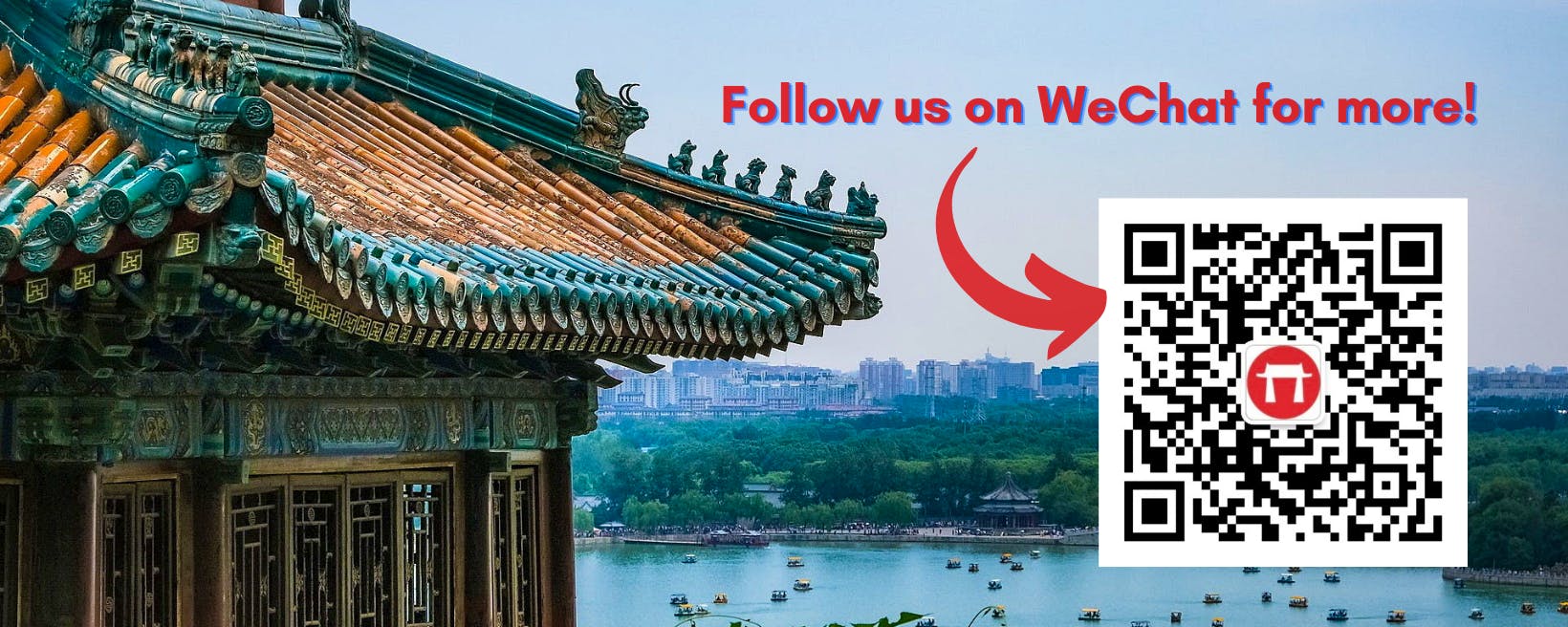
- Shantou University Medical College (SUMC) MBBS Application Guide 2025 - April 24, 2025
- Top 10 Ranked Chinese Universities - January 10, 2025
- China Scholarships – The 2025 Guide for International Students - December 30, 2024
